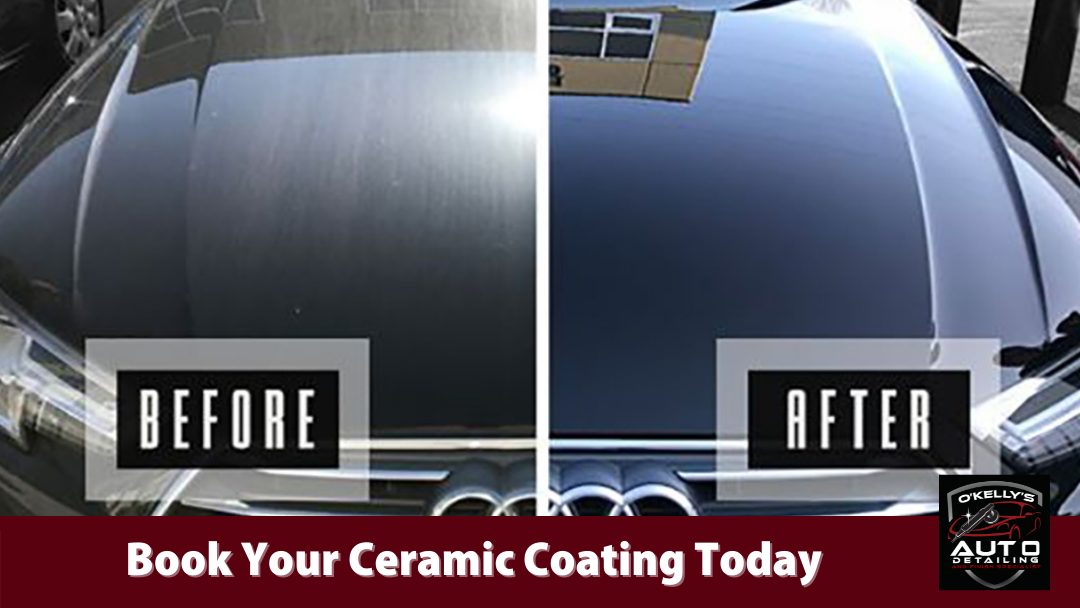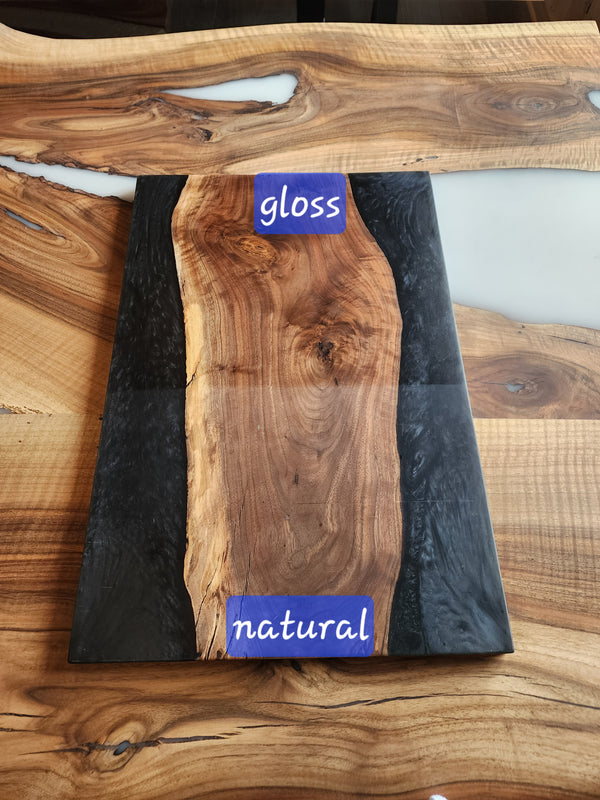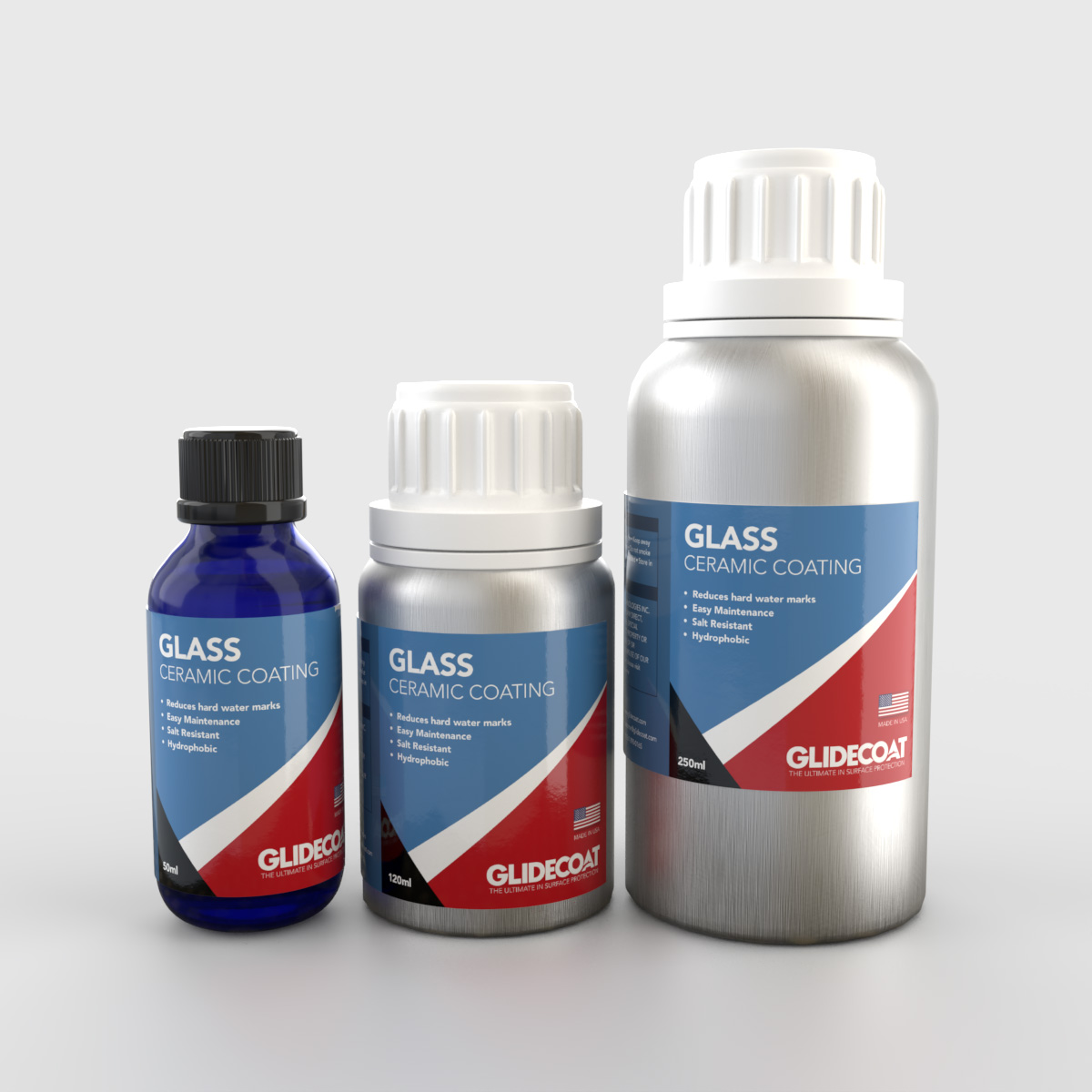The Long-Term Benefits of Finding Ceramic Coating Philadelphia for Your Vehicle
The Long-Term Benefits of Finding Ceramic Coating Philadelphia for Your Vehicle
Blog Article
Why Ceramic Coating Is the Ultimate Remedy for a Remarkable End Up
Ceramic covering has emerged as a leading remedy for those seeking a perfect surface for their automobiles, many thanks to its remarkable toughness and protective attributes. This innovative liquid polymer not only bonds flawlessly with manufacturing facility paint however additionally offers an awesome obstacle against common dangers such as scratches, UV rays, and toxic wastes. Its hydrophobic residential or commercial properties simplify upkeep while boosting aesthetic charm. Comprehending exactly how this modern technology contrasts to traditional methods and exploring its application nuances can expose even more about its worth. What variables really set ceramic finishing apart?
What Is Ceramic Finish?

When applied properly, ceramic covering develops a hydrophobic surface area that wards off water and dust, making it easier to cleanse and keep. Unlike conventional waxes or sealers, which usually supply short-lived security, ceramic finishings can last for several years, relying on the product top quality and application approach. The process of using ceramic covering calls for meticulous preparation, consisting of comprehensive cleaning and often paint correction, to make sure ideal bonding and efficiency.
Ceramic finishings are not restricted to automotive surface areas; they can likewise be made use of on various products, including glass, steel, and plastics, offering a versatile remedy for enhancing security. On the whole, ceramic finishing stands for a considerable innovation in surface area defense innovation, incorporating both functional and visual advantages for a vast array of applications.
Benefits of Ceramic Finish
While several surface security options exist, the advantages of ceramic coating attract attention as a result of its special homes and durable efficiency. One of the key advantages is its exceptional longevity. Ceramic Coating Philadelphia. Unlike typical wax or sealants that call for regular reapplication, ceramic finishes supply a durable layer that can last for several years, significantly lowering upkeep efforts
Another significant benefit is enhanced protection versus ecological contaminants. Ceramic finishings produce a hydrophobic surface that drives away water, dust, and various toxins, making it much easier to cleanse. This attribute not only protects the automobile's look however additionally decreases the risk of deterioration and oxidation, especially in extreme weather.
Furthermore, ceramic finishings provide exceptional resistance to UV rays, stopping fading and destruction of paint gradually. This UV security is crucial for keeping the aesthetic worth of surface areas and lorries exposed to route sunshine.
In addition, the glossy coating attained with ceramic finishing enhances the general aesthetic allure, offering surface areas a showroom-quality luster. On the whole, ceramic layers represent a substantial improvement in surface protection technology, providing long-lasting benefits that cater to both visual and functional needs.
Just How It Works
Recognizing the science behind ceramic layers discloses exactly how they offer such exceptional protection and longevity. At its core, a ceramic layer is a liquid polymer that chemically bonds with the lorry's manufacturing facility paint. This bonding produces a protective layer that is both hydrophobic and oleophobic, repelling water, dirt, and oil. The key component of a lot of ceramic check my reference coverings is silicon dioxide (SiO2), which is obtained from quartz. This compound adds to the coating's firmness and resistance to scratches, UV rays, and environmental contaminants.
The application process entails several actions, consisting of surface preparation, which is vital to achieving optimum bond. As soon as used, the layer goes through a curing procedure, during which it hardens and develops a semi-permanent bond with the paint surface. This bond is what identifies ceramic layers from typical waxes and sealers, giving a longer-lasting safety obstacle that can endure for several years.
In addition, the thickness of the layer can enhance its safety high qualities, making certain that it can withstand extreme conditions. Inevitably, the science of ceramic coatings integrates advanced materials with ingenious application strategies to supply an unrivaled level of defense and aesthetic enhancement for cars.
Contrast With Conventional Methods
When contrasted to conventional paint security methods such as sealants and waxes,The advantages of ceramic finishes become especially obvious. While waxes offer a short-lived shine, usually lasting a few weeks to a number of months, ceramic finishings provide a long-lasting safety layer that can sustain for a number of years. visit this site This sturdiness significantly minimizes the regularity of reapplication, making ceramic finishings an extra economical remedy over time.
Furthermore, typical approaches frequently call for considerable preparation and multiple applications to achieve an adequate level of protection. In comparison, ceramic layers bond at a molecular degree with the lorry's surface, creating a robust shield versus environmental pollutants like UV rays, acid rainfall, and road salts. This bond enhances the lorry's resistance to scratches and swirl marks, which prevail with conventional waxes and sealants.
Moreover, the hydrophobic homes of ceramic coverings fend off water and dust, resulting in easier cleaning and upkeep. On the other hand, wax and sealant-treated surface areas can draw in crud, requiring even more constant cleaning - Ceramic Coating Philadelphia. In general, ceramic coverings not only supply exceptional security but likewise supply a much more long-lasting and aesthetically appealing finish, developing them as the recommended selection for critical automobile proprietors
Application and Upkeep Tips

Utilizing a foam applicator, apply the finishing in little sections, following the producer's standards relating to thickness and overlap. Allow adequate healing time in between layers, normally 1 day, to guarantee proper bonding. After application, it is crucial to avoid exposure to water or severe aspects for at the very least a week to allow the finish to totally cure.
In addition, making use of a ceramic upkeep spray can boost the layer's hydrophobic residential properties and longevity. Routine assessments for any type of signs of wear will certainly assist keep the finishing's stability and i loved this maintain that beautiful surface.
Verdict
In conclusion, ceramic finishing emerges as a remarkable option for accomplishing a flawless auto surface. By developing a durable bond with factory paint, ceramic finishing efficiently guards versus scratches, UV rays, and environmental impurities.

Report this page